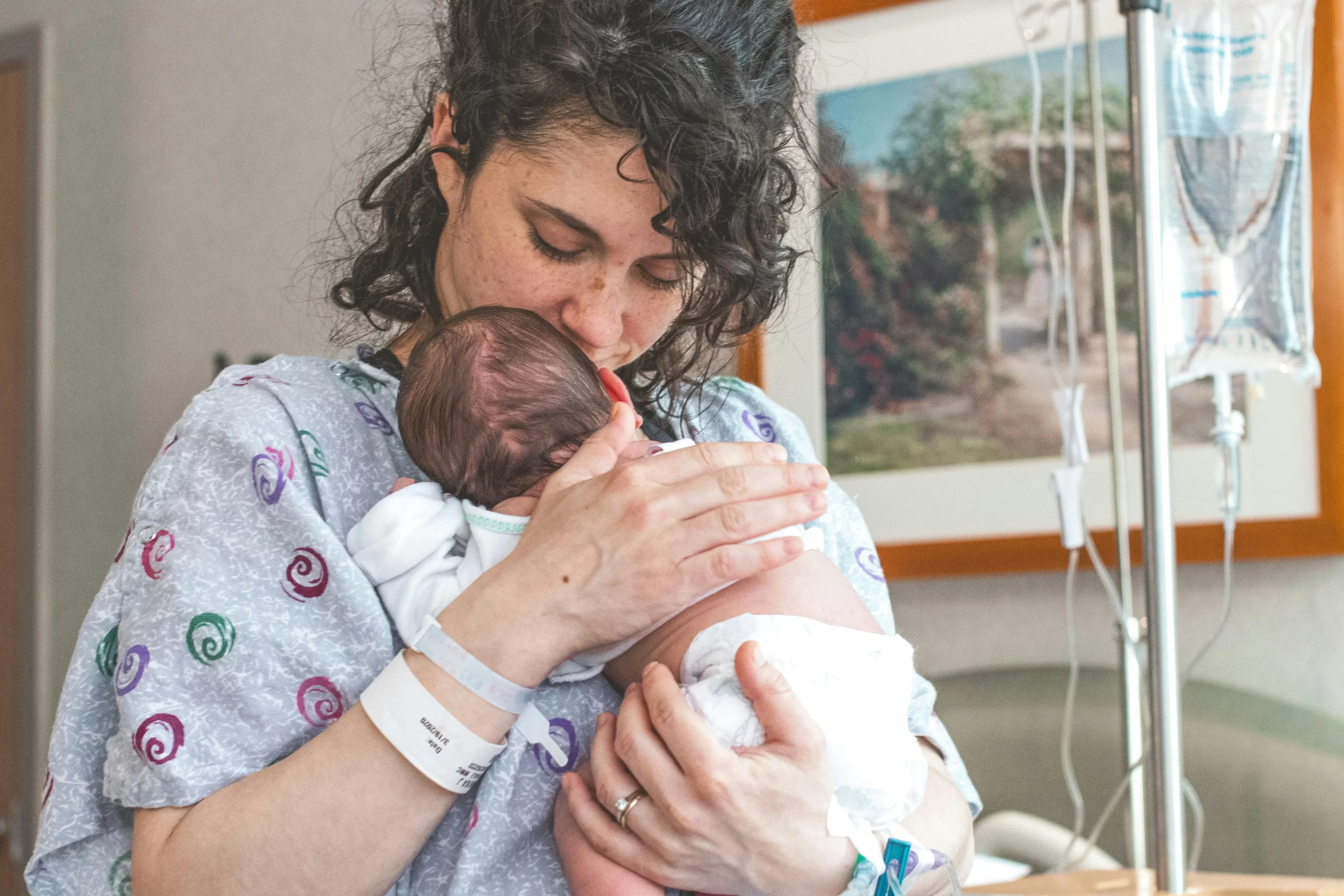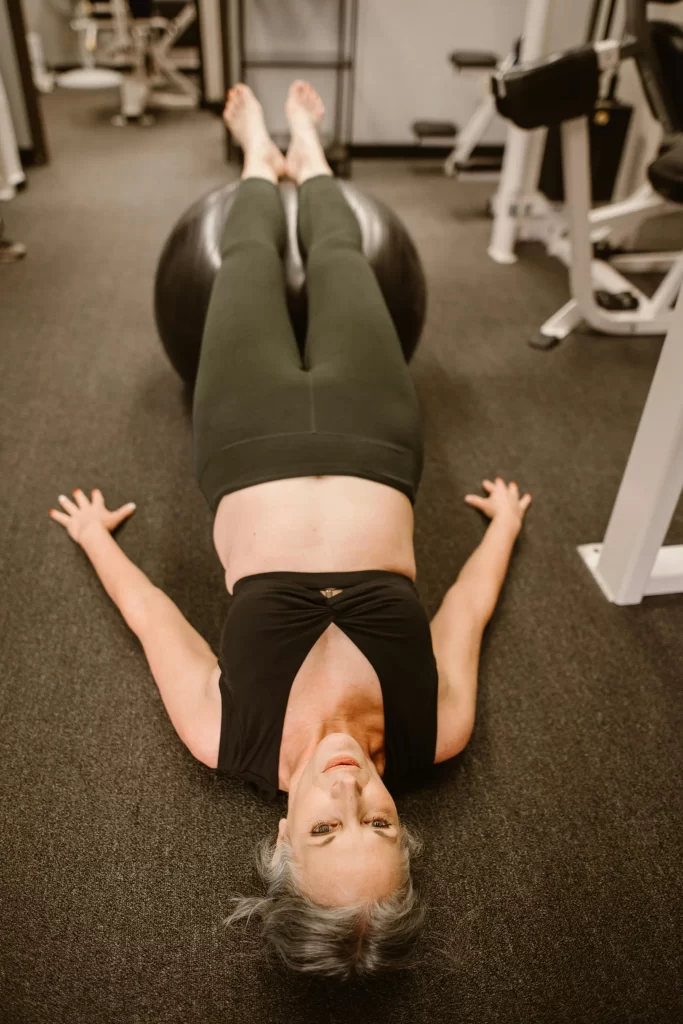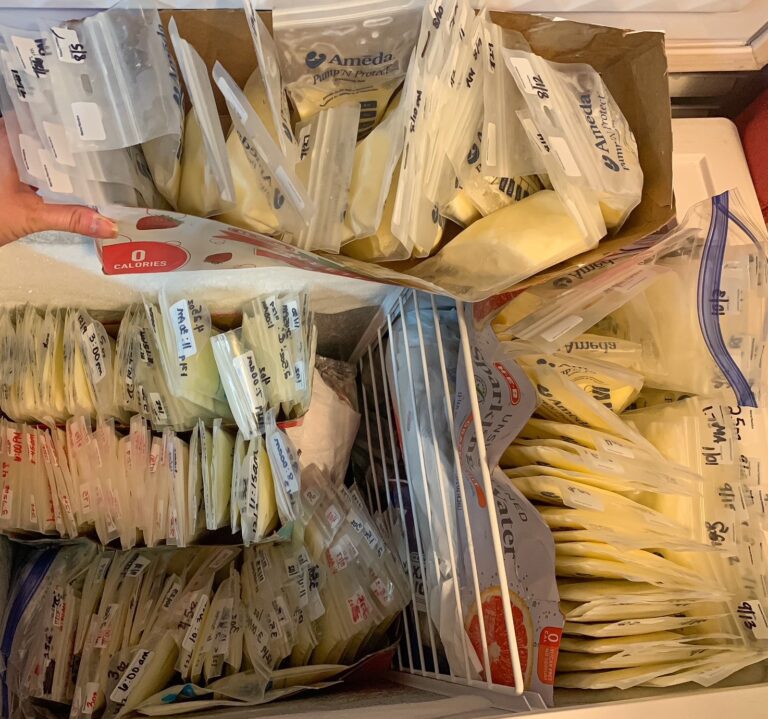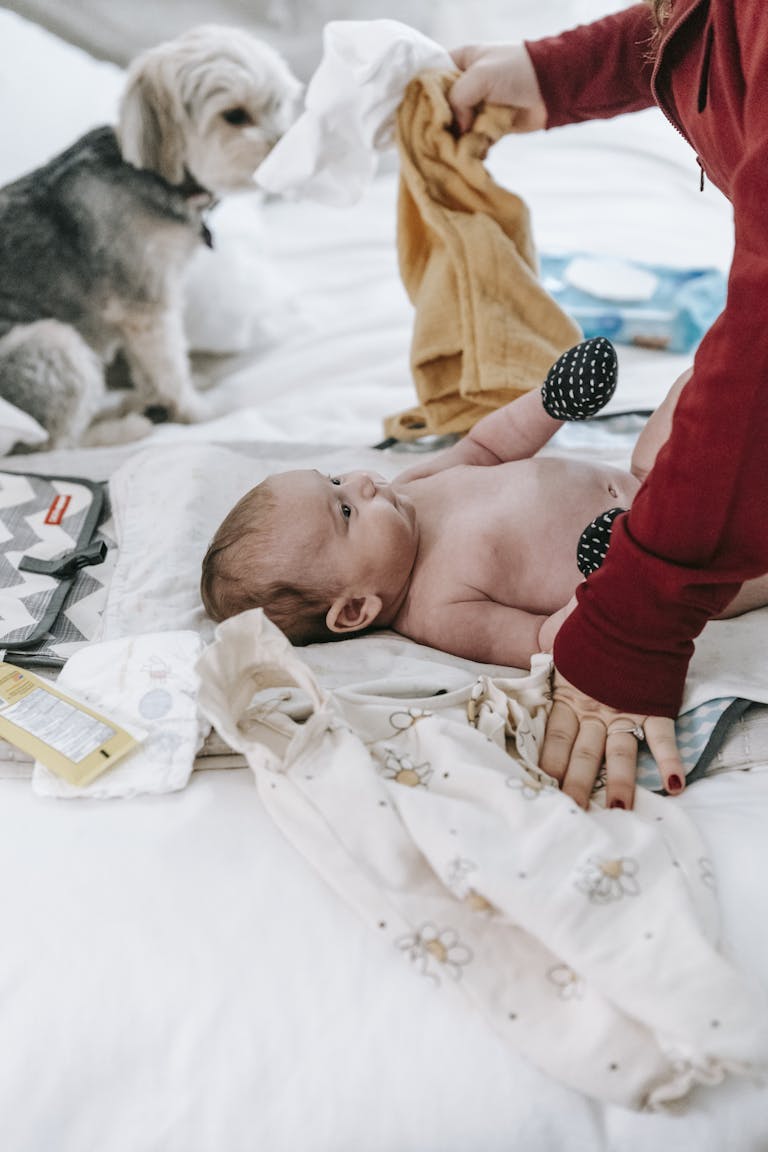Understanding Postpartum Incontinence After Childbirth
Understanding postpartum incontinence after childbirth and seeking appropriate care can significantly improve your postpartum recovery and overall well-being.
In this guide, we’ll explore all you need to know about postpartum incontinence as a new mother, why it happens, how to manage it, and when to seek professional help. Let’s get started.

What is postpartum incontinence?
Postpartum incontinence is the involuntary loss of urine after childbirth, this is common (but not normal) and occurs in approximately 4 out of 10 women. This condition can last for weeks and even months following your delivery. For some women, however, it may persist longer without proper treatment.
Urinary Incontinence can occur as early as pregnancy, this is because the growing uterus puts constant pressure on the bladder which makes it easier to leak urine. During pregnancy, your body also tends to retain more fluid, and pregnancy hormones can relax the pelvic floor muscles causing urinary incontinence. While many women assume it’s a normal part of recovery, understanding the causes, treatment options, and preventative measures can help alleviate symptoms and restore your confidence.
Causes of postpartum incontinence
During pregnancy, your uterus is growing and stretching making room for your growing baby, weakening your pelvic floor muscles. These muscles support your bowel, uterus, and your bladder. Pregnant women are at higher risk of having an overactive bladder and/or urinary incontinence due to the extra pressure.
The primary cause of incontinence is the constant stress that is placed on the pelvic floor muscles during pregnancy. However, several risk factors can contribute to the duration and severity such as;
Risk FACTORS
- Vaginal Birth Delivery: Previous studies have shown that “vaginal delivery itself predisposes for permanent stress urinary incontinence” (Dimpfl T., 1992). This is especially true if you had prolonged labor or instrumental assistance. Factors that will increase trauma to your pelvic floor muscles include tearing, forceps, no episiotomy, and vacuum extraction. These risk factors show a higher incidence of postpartum stress urinary incontinence. However, you can still experience urinary incontinence with a cesarean section, although the risk factor may be lower compared to vaginal delivery.
- Pelvic Organ Prolapse: Large babies, multiple vaginal births, and several pregnancies weaken the pelvic floor muscles which can cause one or more of your pelvic organs to drop from their position causing pelvic organs to prolapse. An OAB can lead to urinary incontinence.
- Nerve Damage: The primary nerve that can be damaged during natural childbirth is the pudendal nerve (a mixed nerve that supplies motor function and sensation to the pelvic region). This nerve is part of the peripheral nervous system (they send signals from your nervous system to your limbs and other organs in your body) and is crucial for function and sensation in your pelvic region including genitals and anus.
- Hormonal imbalances/fluctuations: Estrogen levels are typically high during pregnancy. However, after giving birth, your estrogen levels drop dramatically. Estrogen plays a crucial role in maintaining your urinary health and it might be the cause of your urinary incontinence. Urinary incontinence is “related to biomechanical and hormonal changes that occur during the obstetric period”.
- Episiotomy: An episiotomy is performed when your baby is too large, you’re pushing too much or for too long, or when forceps or a vacuum will be used to assist with your delivery. This surgical incision can damage the muscles and nerves that support your pelvic floor muscles. Increasing your risk of postpartum incontinence.
A combination of all of the above also weakens the bladder sphincter, which is responsible for controlling the release of urine from the bladder to the urethra.
Types of postpartum incontinence
- Stress Incontinence: This is the most common type of postpartum incontinence women experience after childbirth. It occurs when you sneeze, cough, stand up, laugh, or perform a strenuous activity, putting pressure on your bladder, and causing you to leak.
- Urge incontinence: A sudden urge to urinate and not make it to the bathroom in time. This is closely related to an overactive bladder, an intense urge to urinate, often followed by involuntary leakage.
- Mixed Incontinence: Some women may experience a combination of both stress and urge incontinence.
- Fecal incontinence: This is the least common incontinence that can occur postpartum. However, this can occur due to nerve and muscle damage in women with severe perineal tears.
Understanding the different types of incontinence one can experience will help you find the right treatment.
How long can postpartum incontinence last?
There is no straightforward answer to this question since the duration of incontinence varies from postpartum women to women. Some may see improvement within a few weeks as the pelvic floor naturally recovers. Others, however, may experience symptoms for a long time, months, or even years if their muscles do not regain their strength.
However, seeking early intervention through pelvic floor exercises, medical treatment, or lifestyle adjustments can significantly shorten your recovery time.
How to treat and manage incontinence
The good news is there are several treatment options available to manage your postpartum incontinence, most women will benefit from,
- Pelvic Floor Muscle Training- Doing pelvic floor muscle exercises at home is a great way to start strengthening your pelvic muscles for a shorter recovery time. Be sure you’re cleared by a healthcare provider before starting exercises to avoid further injury. There are a few exercises you can do at home to help improve your bladder weakness including, Kegel exercises, clams, bridges, and reverse plank. If you’d like a full list, see HERE.
- Bladder Training/Timed Voiding- This involves setting scheduled times to use the restroom rather than waiting for the urge to urinate. Gradually increasing the time between trips. With time, this can help you improve bladder control.
- Lifestyle Changes- Living a healthy lifestyle can significantly improve your quality of life when it comes to urine leakage. Examples of living a healthier lifestyle include, staying hydrated, increasing your fiber intake to prevent constipation (puts extra strain on your pelvic floor), and avoiding bladder irritants. Bladder irritants include caffeine, spicy foods, and artificial sweeteners.
- Postpartum Physiotherapy- Seeking help from a women’s health physiotherapist who can provide personalized exercises and treatments is always an option to help regain control of your bladder leaks.
- Medication- Depending on the severity of incontinence issues, doctors may prescribe medications to manage bladder leakage.
- Medical Procedures- For more severe cases, medical interventions such as vaginal laser surgery and nerve stimulation may be recommended.
Can postpartum incontinence be prevented?
Postpartum incontinence may not always be preventable; however, some strategies may reduce the risk:
1. Strengthen your pelvic floor muscles before childbirth- Strengthening your pelvic floor muscles before and even during childbirth will help minimize your damage postpartum.
2. Maintain a healthy weight during and after pregnancy- Excess weight adds pressure to the bladder, it’s hard not to overeat during pregnancy, but try and avoid overeating. Overeating will not only put you at risk of gestational diabetes, and increase your risk of urinary incontinence, but it will also make it harder to lose weight postpartum.
3. Avoid straining during labor- As a mom of two, I know how difficult this is during labor when all you want to do is push out your babies as soon as you possibly can. However, it has been proven that slow and controlled pushing techniques can help reduce pelvic floor trauma.
4. Manage constipation- A high-fiber diet and adequate hydration can help prevent excessive straining.
When to seek medical advice
Although some leakage is common during postpartum, you should seek medical advice if:
- Incontinence persists beyond six months
- You experience significant distress or reduced quality of life
- Pain accompanies urination or bowel movements
- You have difficulty emptying your bladder completely
A healthcare provider can assess the severity and recommend an appropriate treatment plan based on your degree of urinary incontinence. Seeking professional guidance ensures a quicker and more effective resolution.
Postpartum incontinence is a common but treatable condition. By understanding the causes, recognizing your symptoms, and taking proactive steps towards recovery after the birth of your baby. Each and every woman’s postpartum journey is unique, with patience, self-care, and available solutions, you can regain control and confidence back in your body.







